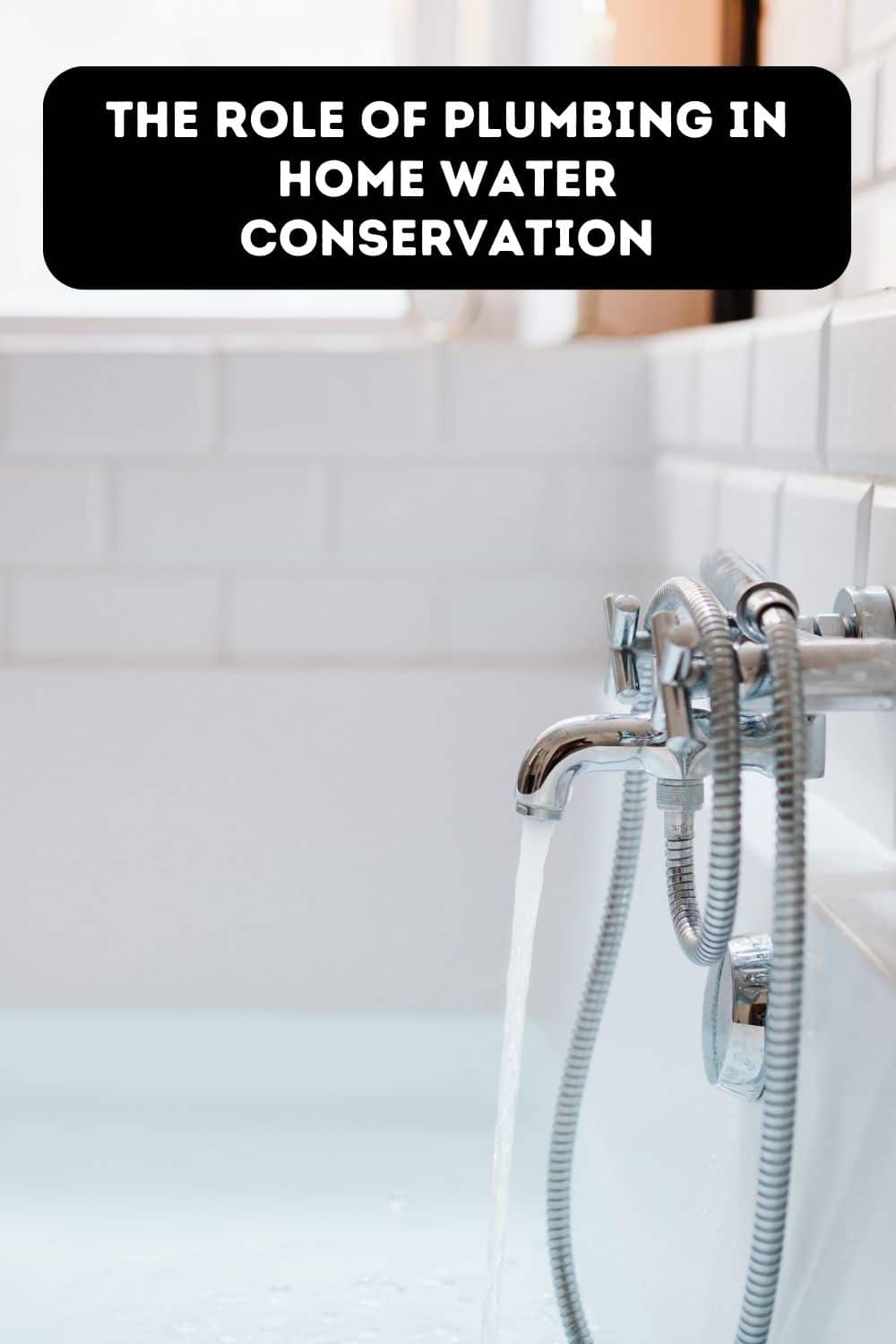As we continue to strive for sustainable living, water conservation has never been more critical. The water usage in our homes significantly impacts the environment and our utility bills. With Earth’s population growing rapidly and freshwater resources dwindling, it’s imperative that we adopt efficient strategies to conserve water. A commonly overlooked factor that can make a substantial difference in this endeavor is the plumbing system in our homes.
In this post, we will delve into the pivotal role of plumbing in home water conservation, providing practical steps that every homeowner can take.
1. Regular Maintenance And Repairs
The first and possibly most significant step to conserving water at home is to ensure your plumbing system is in perfect working condition. Leaking pipes and dripping faucets may seem insignificant, but they can waste thousands of gallons of water annually. Imagine filling up a swimming pool with all that wasted water!
When it comes to plumbing repair in Spartanburg, SC, professionals deliver top-quality services ensuring efficient water use. By addressing minor issues promptly, homeowners can prevent large-scale problems that lead to substantial water wastage. Therefore, regular inspections and immediate repairs are a cornerstone of the plumbing system’s role in water conservation.
2. Install High-Efficiency Fixtures
Technology has provided us with several options to reduce water usage without sacrificing comfort or convenience. High-efficiency fixtures like low-flow faucets, showerheads, and toilets can significantly cut down water consumption.
For example, a high-efficiency toilet uses as little as 1.28 gallons per flush, compared to older models that use up to 6 gallons. By upgrading to these fixtures, you not only save water but also reduce your water bills.
3. Consider A Plumbing Retrofit
If your home has an older plumbing system, a retrofit can be a game-changer. While it involves an upfront investment, the long-term water savings are substantial. Plumbing retrofits involve replacing outdated fixtures and pipes with newer, more efficient models.
This might include everything from tankless water heaters that only heat water on demand to dual plumbing systems that separate potable and non-potable water.
4. Use Water-Saving Appliances
Just as high-efficiency fixtures can save water, so can water-saving appliances. Opt for dishwashers and washing machines with Energy Star ratings, as these models use less water and energy. The difference can be staggering – an Energy Star-certified dishwasher uses as little as 3 gallons per load, while older models can use up to 10 gallons.
5. Implement Greywater Recycling
Greywater is the relatively clean wastewater from baths, sinks, washing machines, and other kitchen appliances. Rather than letting this water go down the drain, a greywater system allows you to reuse it for watering plants or flushing toilets, significantly reducing your home’s overall water usage.
Implementing a greywater recycling system might require professional assistance, but it’s a worthwhile investment for the future.
6. Install A Rainwater Harvesting System
While not directly related to your home’s plumbing system, a rainwater harvesting system can help supplement your water supply and reduce dependence on the main water line. This harvested water can be used for various non-potable uses like watering the garden, washing cars, or even flushing toilets with the proper filtration and treatment.
7. Adopting Smart Irrigation Systems
As a homeowner, if you have a lawn or garden, the chances are that a considerable amount of your water consumption is through irrigation.
Traditional sprinkler systems are known for their inefficiency, often over-watering or misdirecting water onto driveways or sidewalks. Smart irrigation systems, on the other hand, use weather data and soil sensors to determine the exact amount of water your plants need, eliminating unnecessary water waste.
8. Insulate Your Pipes
Insulated pipes are more efficient at delivering hot water. This means you don’t have to let the water run for a few minutes waiting for it to heat up, thereby saving significant amounts of water over time. This can be a quick DIY job or a professional task, but it’s a relatively easy and inexpensive way to conserve water.
9. Installing Water-Saving Aerators On All Your Faucets
Aerators are nifty little devices that can be attached to the end of your faucets to reduce the flow of water without compromising on the pressure. They work by mixing air into the water stream, which gives the sensation of ample water flow while actually using less water. This simple, cost-effective addition to your plumbing can save gallons of water each day.
10. Educating Household Members About Water Conservation
Finally, while this point doesn’t directly involve the physical plumbing system, it is perhaps one of the most effective ways to conserve water at home. Educate yourself and your household members about the importance of saving water.
Small behavioral changes like turning off the faucet while brushing teeth, taking shorter showers, and only running full loads of laundry can make a significant difference in your home’s water consumption. Remember, it’s not only about having efficient systems in place but also how we use them.
In Conclusion
Water conservation is a shared responsibility, and it starts right in our homes. By understanding the role our plumbing system plays in water usage and taking steps to maximize its efficiency, we can contribute meaningfully to this global cause. From regular maintenance to retrofitting, from adopting smart irrigation to implementing greywater recycling, each step we take is a stride toward a more sustainable future. Now, more than ever, we need to act responsibly and conserve our precious resources. After all, every drop counts!





Leave a Reply